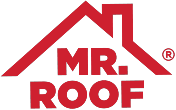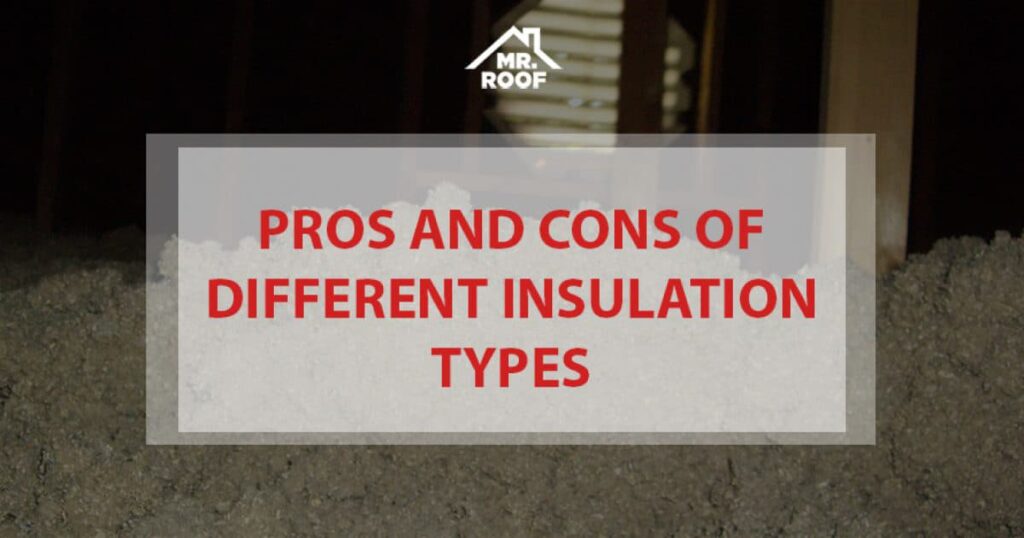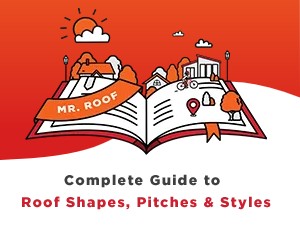Do you want to improve your home’s energy efficiency? If so, upgraded insulation is one of the best ways to do it. When homeowners start to compare the types that are available, they’re often overwhelmed by the number of available options. Start by determining what R-value works best for your climate and location. Consider where you need to add it, since insulating finished walls is more complex than working with unfinished walls and ceilings. Here are some of the most common types of insulation with pros and cons for each.
Insulation Rolls or Blankets
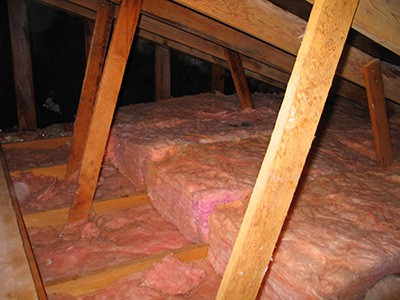
Manufacturers weave fiberglass, plastic filaments or natural materials like cotton or wool into thick sheets. Rolls may have paper on one side that functions as a moisture barrier. If you’re installing insulation on walls that will remain unfinished, like a basement or attic, choose sheets with flame-resistant backing.
Blankets made of fiberglass are inexpensive, easy to find and easy to install. Use them in unfinished floors, attics and ceilings.
One drawback is the amount of space each layer of insulation takes up. Their low R-value means you might need a foot of insulation to protect your home, so you have less usable space. They also cause skin irritation for people who are exposed during installation and inhaling fibers may increase cancer risk. Installers should protect their skin and wear a face mask. Blankets made of natural materials are more user-friendly.
Foam Board
Manufacturers shape rigid foam into panels builders can install in any area. They offer high R-value compared to other materials of similar thickness. However, installers can’t use foam board in existing walls unless they remove sheetrock first. Foam board is great for new construction, but not for walls in existing structures. It is more expensive than fiberglass insulation and harder to fit in odd-shaped spaces.
Blown-In Insulation
To fit irregularly-shaped areas like attics, or to improve insulation in existing walls, many homeowners use loose-fill insulation made of fiber or foam. Installers blow it in, so it takes whatever shape is needed to cover the area.
Blown-in insulation is often made from recycled waste materials, so it’s environmentally responsible. However, a professional must blow it in, which makes it somewhat more expensive. Professionals should seal spaces before applying insulation to prevent moisture buildup.
Sprayed Foam
Installation technicians spray liquid foam into walls, under floors and anywhere else homeowners need insulation. It forms a seal and fills every crevice to make it one of the most effective types of insulation. 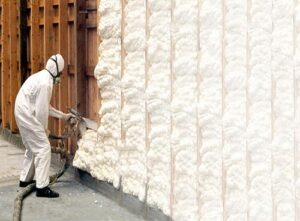
Closed-cell sprayed foam insulation is the most expensive type, but it’s also the most effective. Open-cell varieties cost less, but they soak up moisture, so they should not be used anywhere they’re exposed to water.
While having spray foam insulation professionally installed is expensive, it also keeps the homeowner from having to regularly seal cracks and crevices to keep out water and prevent heat transfer.
Here at Mr. Roof our experts know how to help you select the best insulation for your home and location. Schedule your free, no-obligation consultation by contacting us today.
